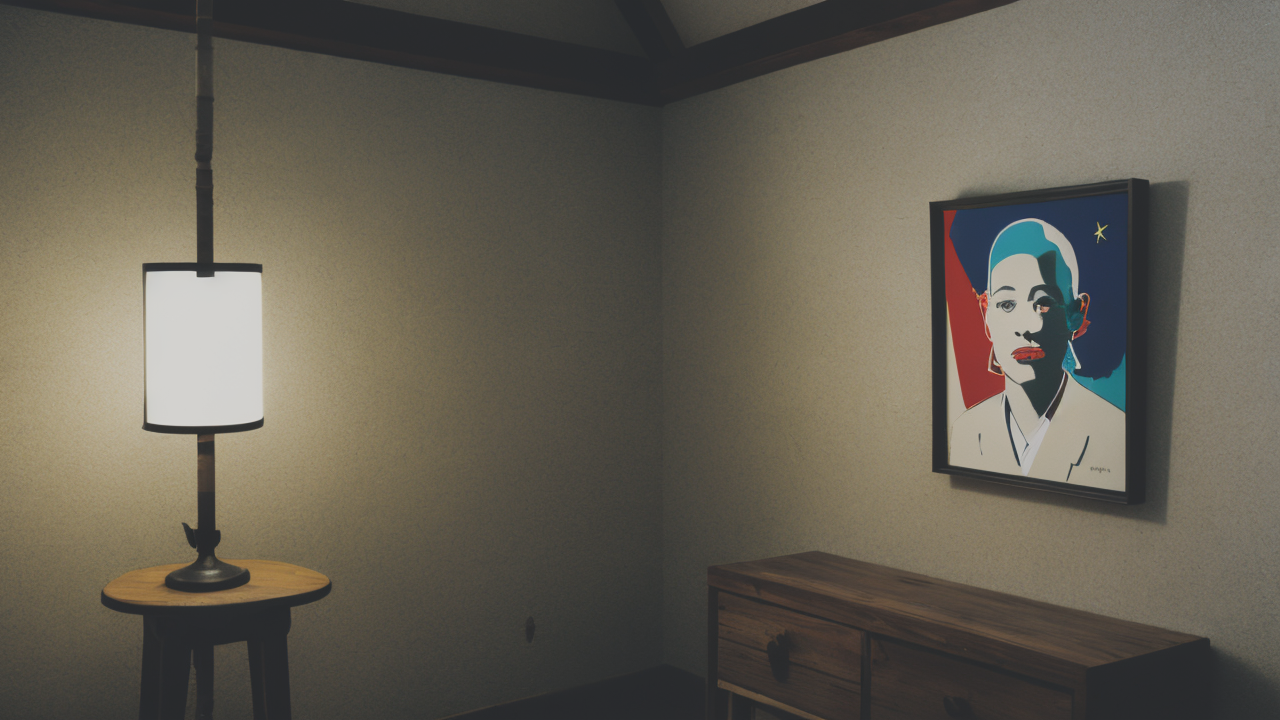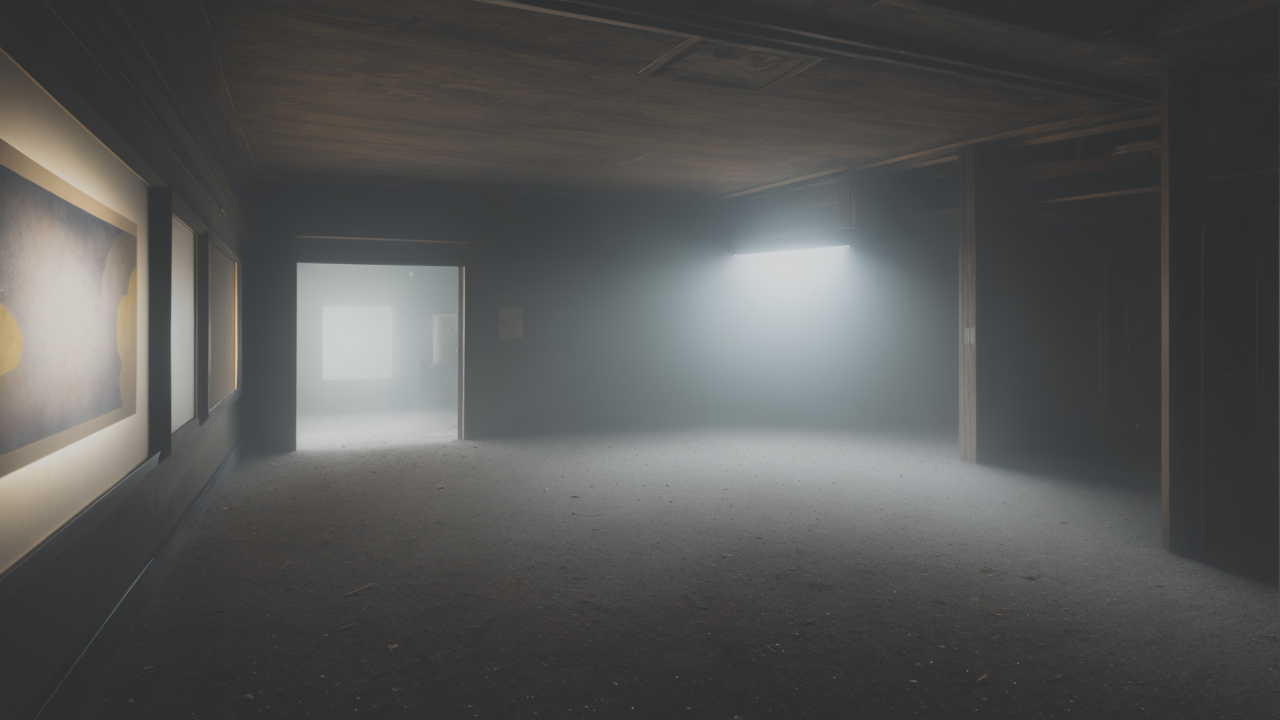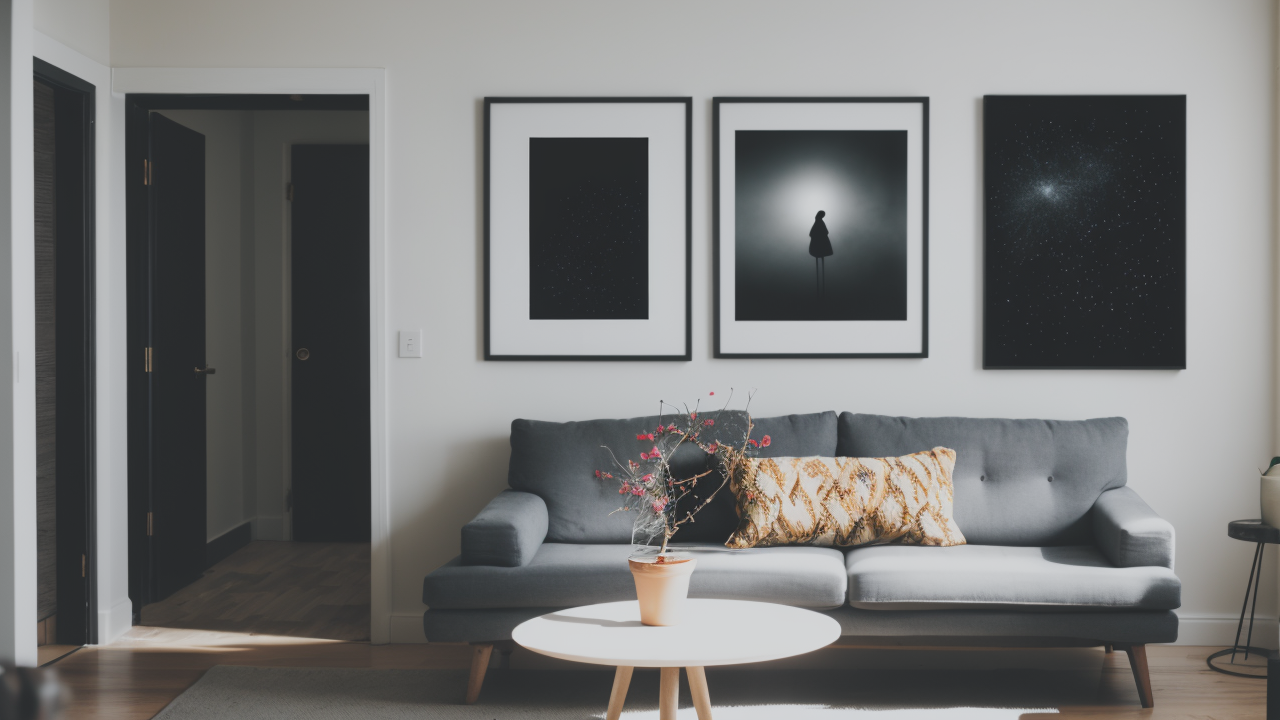
The Fusion of Plaster and Texture: Creating Captivating Wall Art
The Allure of Wabi-Sabi in the World of Pop Art
Exploring the Roots of Wabi-Sabi Aesthetics
Wabi-sabi is a Japanese concept that finds beauty in imperfection. It values simplicity and the natural aging process. This aesthetic has deep roots in Zen Buddhism and Japanese culture. Wabi-sabi embraces the transient nature of life and objects.

Key elements of wabi-sabi include:
- Simplicity
- Asymmetry
- Roughness
- Naturalness
- Subtle grace
- Appreciation of impermanence
In art, wabi-sabi often appears as:
- Muted colors
- Rough textures
- Irregular shapes
- Use of natural materials
These elements create a sense of calm and acceptance. They remind us to embrace life's imperfections. Wabi-sabi art often evokes feelings of nostalgia and gentle melancholy.
Pop Art Icons and the Embrace of Imperfection
Pop art, known for bold colors and commercial imagery, seems different from wabi-sabi. Yet, many pop artists have incorporated imperfection in their work. This creates a unique blend of styles.
Examples include:
- Andy Warhol's silkscreens with misalignments and smudges
- Roy Lichtenstein's imperfectly aligned Ben-Day dots
- Jean-Michel Basquiat's raw, unfinished style
These artists showed that flaws can add character to art. They paved the way for accepting imperfection in pop art. This shift aligns with wabi-sabi's philosophy of finding beauty in the imperfect.
How TL177 Pioneers a New Chapter in Pop Art
Fusing Traditional Art with Contemporary Pop Culture
TL177 is breaking new ground by blending wabi-sabi with modern pop art. This fusion creates unique wall pieces. TL177's work often features pop culture images with a wabi-sabi twist.

Techniques they use include:
- Distressing pop art images for a worn look
- Using natural materials like wood in their pieces
- Incorporating asymmetry and irregular shapes
- Applying muted colors to typically bold pop art styles
This approach adds depth to pop art. It invites viewers to see familiar images in a new way. TL177's work challenges our ideas of beauty and perfection in art. It bridges Japanese aesthetics and Western pop culture.
The Significance of Wabi-Sabi in Modern Wall Decor
TL177's wabi-sabi pop art brings a unique element to modern decor. In a world focused on perfection, these pieces offer a refreshing change. They remind us to appreciate imperfection and the passage of time.
Benefits of wabi-sabi inspired wall art include:
- Creating a calm and accepting atmosphere
- Adding character to modern interiors
- Encouraging mindfulness and appreciation of the present
- Complementing minimalist decor with subtle textures
TL177's approach makes high art concepts accessible. It brings wabi-sabi philosophy into everyday spaces. This fusion creates wall art that is visually striking and emotionally deep.
The Business of Wabi-Sabi Pop Art
Understanding the Market for Unique Wall Art
The market for unique wall art is growing fast. More people want personalized, meaningful decor for their homes. TL177's wabi-sabi pop art fits this trend perfectly. It offers something different from mass-produced decor.

Key market trends include:
- Interest in artisanal and handcrafted items
- Appreciation for sustainable and natural materials
- Desire for art with deeper meaning
- Willingness to invest in unique, high-quality pieces
TL177's work appeals to various groups. These include art collectors, designers, and homeowners seeking unique decor. The mix of pop art and wabi-sabi attracts both traditional and modern art lovers.
Case Studies: Successful Wabi-Sabi Pop Art Campaigns
Several campaigns have successfully promoted wabi-sabi pop art. One example is TL177's work with a major home decor retailer. They created limited edition wall pieces with pop culture images and wabi-sabi elements.
The campaign highlighted:
- The uniqueness of each piece due to natural variations
- The story behind the wabi-sabi concept
- How the art could transform living spaces
This approach resonated with consumers. It led to quick sales and increased brand recognition for TL177. Another successful campaign used social media. Users were asked to share 'wabi-sabi moments' from their daily lives.
This interactive approach:
- Increased awareness of wabi-sabi
- Created a community around TL177's art
- Generated user content for marketing
These campaigns show the potential of wabi-sabi pop art. They demonstrate how this style can capture interest and create value. TL177's approach is not just creating art, but shaping a new market niche.


